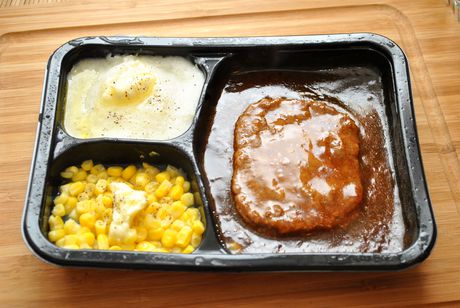Packaging for ready meal shelf-life extension

If you can extend the shelf life of your ready meals you will simultaneously reduce your costs and increase your appeal to retailers and distributors.
Modern packaging materials and methods are enabling foods to remain fresh and wholesome throughout the distribution process. Intelligent packaging functions which include sensing, detecting, recording, tracing, communicating and applying scientific logic in order to extend shelf life enhance safety, improve quality, provide information and warn about possible issues.
There is a commercial benefit to ensuring products stay fresh on a retailer’s shelf for longer. The extension of shelf life is based on slowing the deterioration of the product using a range of processes together with effective packaging to preserve the product in a suspended state.
The principal mechanisms involved in the deterioration of processed foods are:
- microbiological spoilage sometimes accompanied by pathogen or germ development;
- chemical and enzymatic activity causing the breakdown of colour, odour and flavour and texture changes;
- moisture or other vapour migration which produces changes in texture, water activity and flavour.
Therefore, to enhance shelf life, the focus should be on:
- reducing microbial activity;
- increasing the acidity;
- the addition of additives;
- reducing water activity;
- modifying the immediate environment.
Initially, extending the shelf life of products was a supply chain issue, but it has now become a consumer concern, due to freshness coupled with sustainable packaging.
Consumer demands for convenience have created new innovations in the food product development and packaging industries. The widespread desire for products which can be heated in the microwave has also contributed to such developments.
In the supply chain, more work is being done on oxygen scavengers, moisture absorbers and barrier films that will enhance the shelf life of products. Consumers want packaging that keeps products clean, ready for eating, with longer shelf life, product security and value for money. This remains a big ask, but if success is to be achieved, packaging technologists need to rise to these demands.
The terms active packaging and smart packaging refer to packaging systems used with foods, pharmaceuticals and several other types of products. They help extend shelf life, monitor freshness, display information on quality, improve safety and improve convenience.
Active packaging
There is a range of active packaging techniques available. The broad categories are:
- Absorbers/removers
- Release systems
- Self heating/cooling
- Selective permeation
Each of the above is a topic on its own.
Smart packaging
In conjunction with the developments in packaging materials which help to extend and protect shelf life, there is also a complementary group of devices that monitor the products in the packs. These include time and temperature indicators, as well as leak and gas indicators, which provide an indication to the consumer of the state or freshness of the product.
Nanotechnology
One of the fastest growing areas in food manufacturing is the application of nanotechnology in packaging materials. As the food market has expanded into a worldwide marketplace, it is requiring a longer shelf life. New materials incorporating nanoparticles have been able to reduce, and in some cases eliminate, the transmission of oxygen, and in addition have blocked the transmission of moisture from the product.
With the daily challenges of preserving product and minimising losses, growers, packers, shippers and retailers of produce now have new packaging options that allow them to dramatically increase shelf life.
Various packaging technologies can help food handlers remain competitive by reducing spoilage and delivering consistent quality products on every shipment. Innovations in packaging for extending shelf life will be a key driver over the next few years for manufacturers. Enhanced technical knowledge and input by packaging technologists and packaging engineers through improved performance qualities of materials will be required to fuel market growth.
Australian Institute of Packaging (AIP)
What's new on the shelf
From classic reinspired ice cream to West African flavours in a jar and whiskey aged in a gaol,...
What's new: six on the shelf
From classic chocolatey flavours reinspired to Korean delicacies, have a look at what's new...
What's new on the shelf?
From Aussie/American fusion-inspired hot sauce to a canned protein drink for gamers, have a look...














